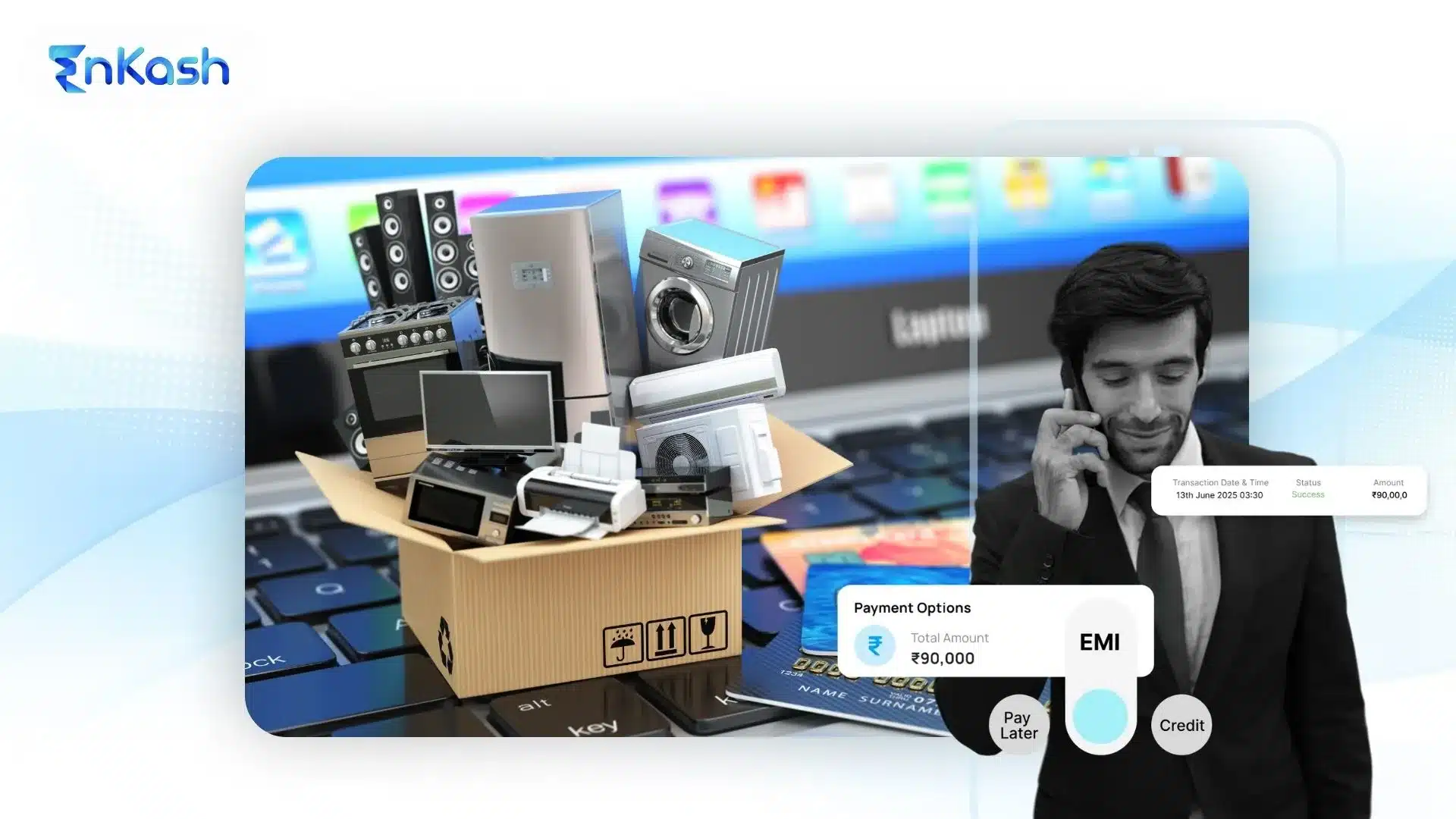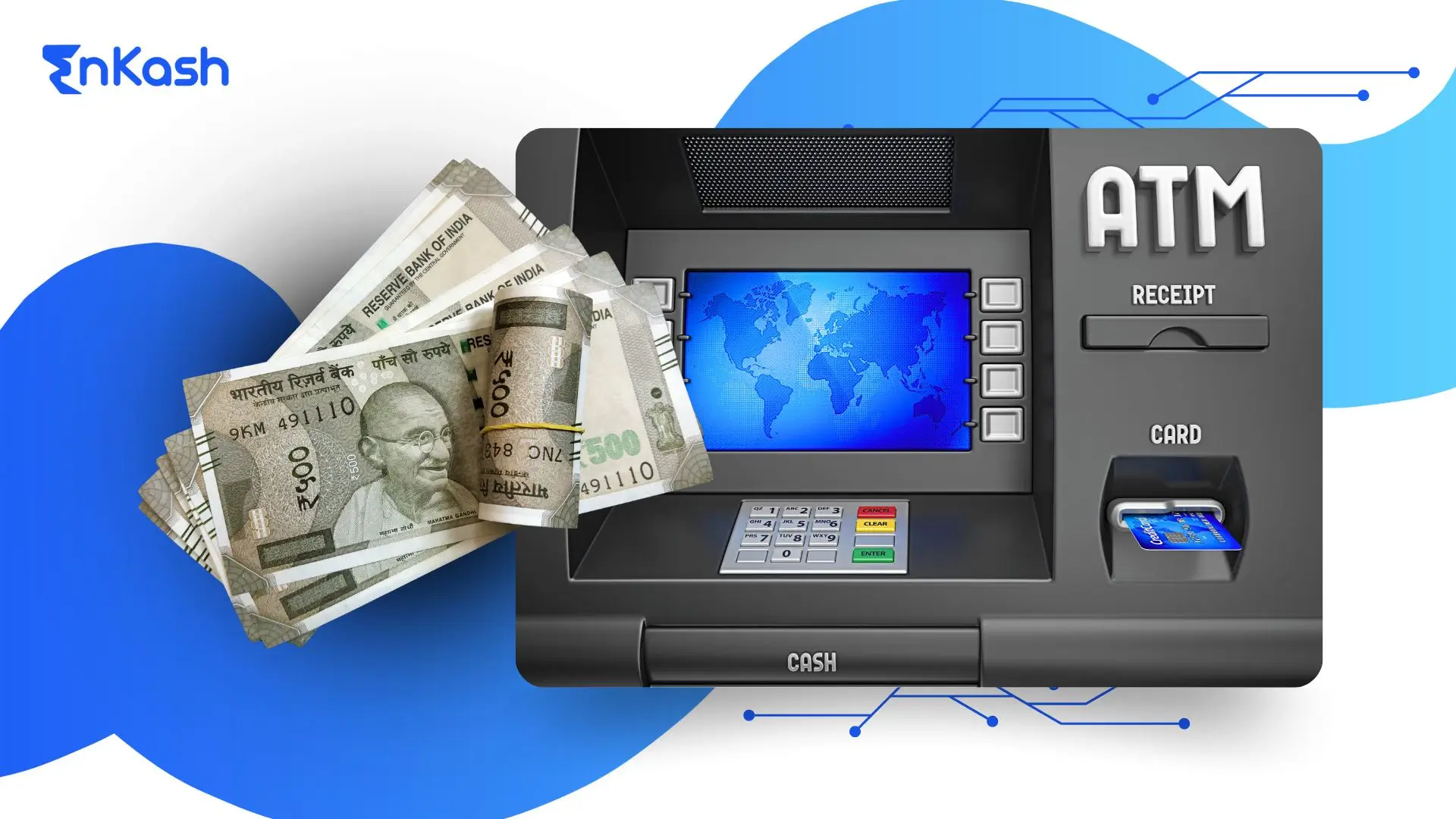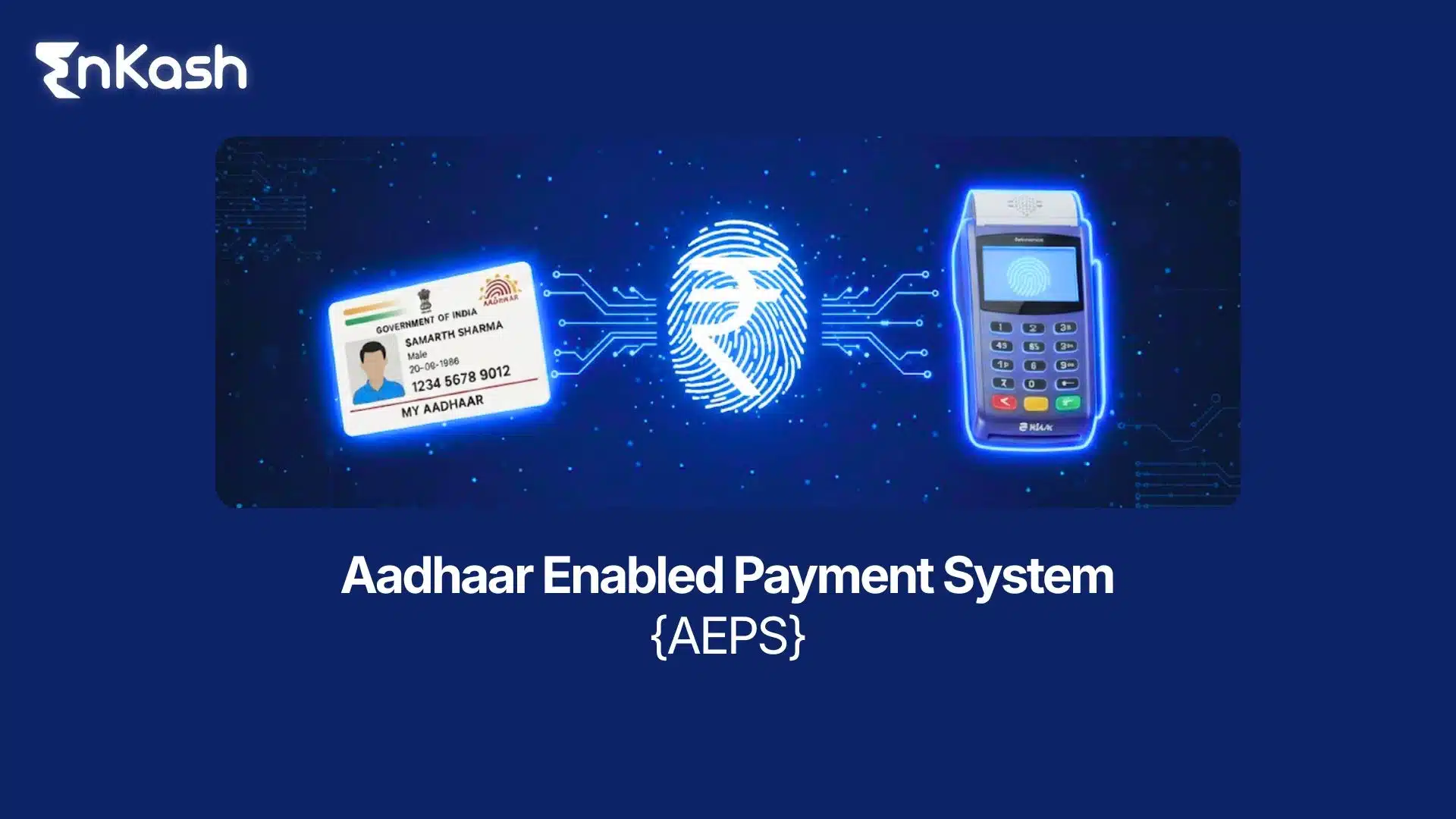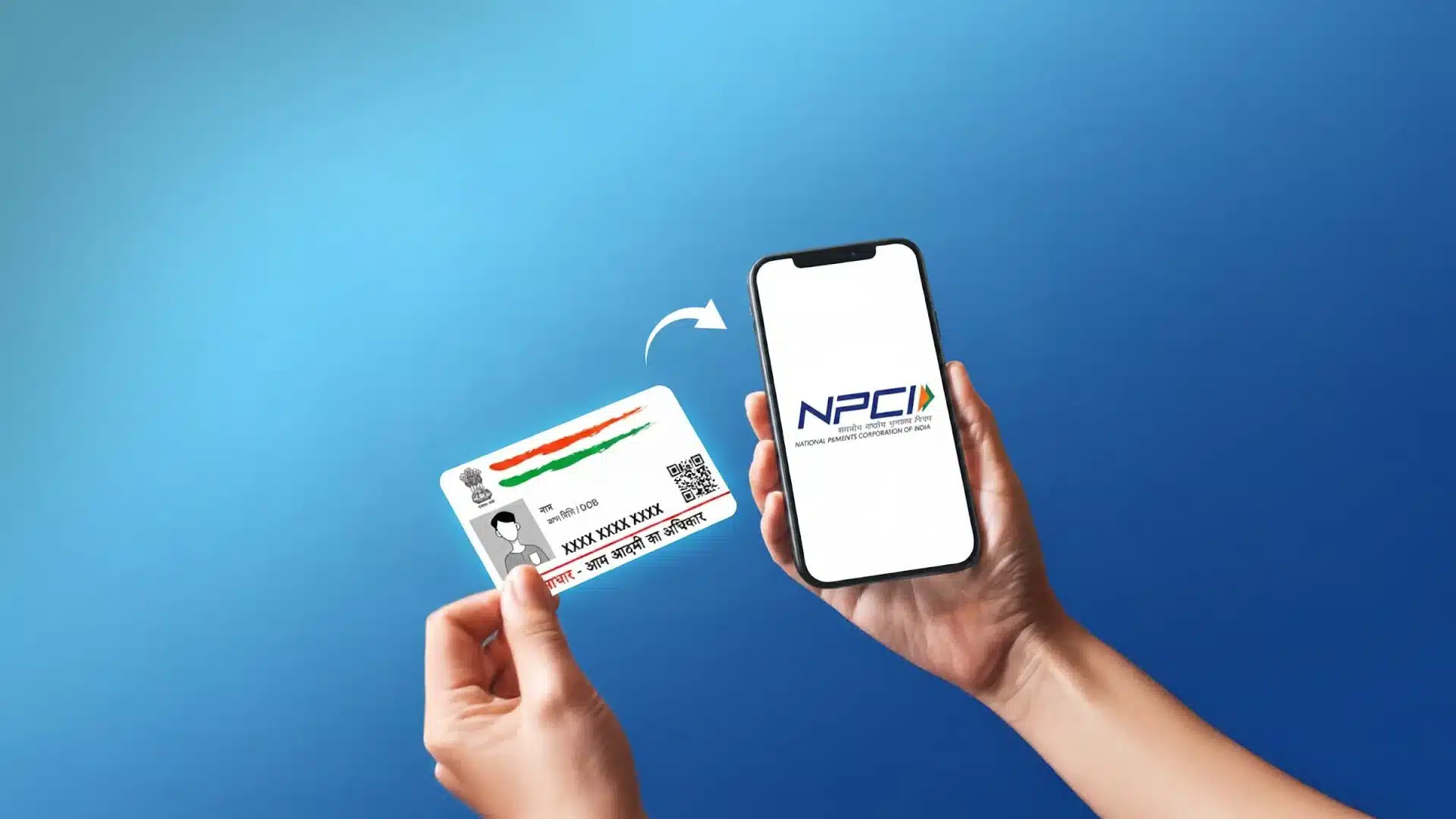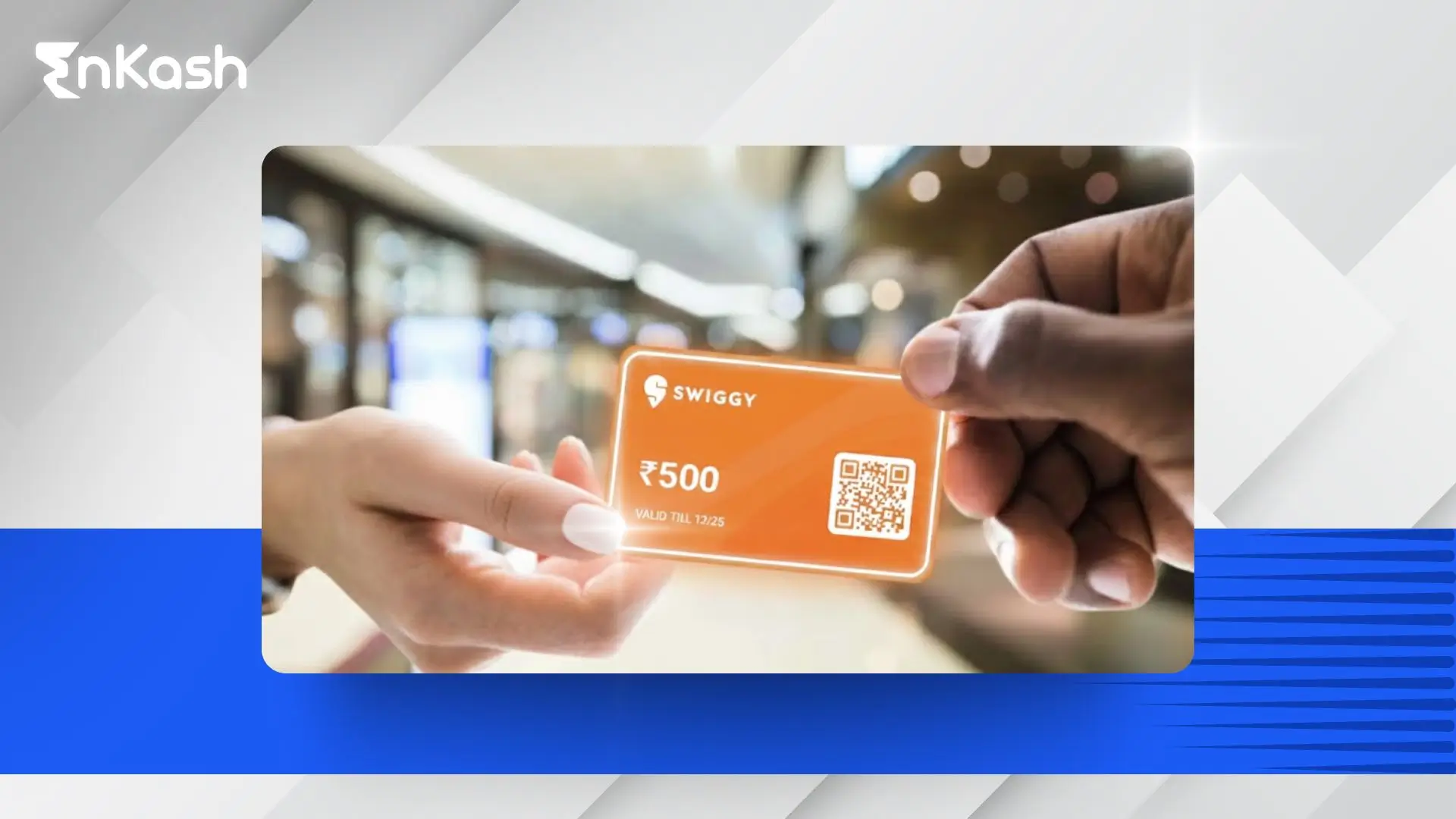Introduction
Many Indian SMEs struggle with cash flow because payments from customers rarely align with what they owe vendors. When money is tied up in receivables, businesses either delay vendor payments or dip into costly credit. This cycle affects growth, creates friction with suppliers, and often forces SMEs to miss out on bigger sales opportunities. In this blog, you’ll learn what an affordability suite is, the affordability suite’s meaning, and why solutions like EMI options, buy now pay later in EMI, and integrated payment gateways with EMI options can help your business increase sales and manage cash flow more effectively.
What is Affordability Suite?
An affordability suite is a unified toolkit of flexible payment options embedded across checkout, invoicing, and collections, enabling EMI conversions, pay-later terms, and tailored schedules for both B2C and B2B transactions. It is designed to align payments with cash cycles so that purchases proceed while outflows are smoothed without adding operational complexity.
Unlike traditional loans or credit lines that require separate applications, collateral checks, and fixed tenures, an affordability suite operates at the point of payment as a built-in flow. Funds can be settled to the business while customers or buyers pay over time, reducing friction, paperwork, and dependency on standalone lending arrangements.
The Enkash Affordability Suite brings these capabilities together for SMEs, integrating directly with existing payment experiences to make flexible options visible and actionable at the moment of decision. In practice, this affordability suite for businesses helps standardize flexible terms across channels, improves purchasing power for end customers and buyers, and supports steadier cash flow with minimal process change.
What Are the Core Components of an Affordability Suite
EMI options
EMI Options let customers split higher-ticket purchases into predictable installments while the business receives timely settlements, reducing price resistance without creating manual credit workflows. Plans can be aligned to tenure, interest, and no-cost structures, and are most effective when presented within a payment gateway with EMI options so eligibility and offers appear in real time. For B2B and B2C, this lowers upfront outlay for buyers and stabilizes receivables for the merchant.
Buy now, pay later
Pay Later defers the full invoice amount to a future date, improving the buyer’s working capital while helping the merchant maintain steady cash flows through instant or faster settlements from partners. Many providers also support buy now, pay later in EMI, where deferred dues are automatically converted into scheduled installments to balance affordability and risk. This is useful across retail checkouts, invoice links, and recurring plans where flexibility drives conversion and retention.
Integrated payment gateway
An integrated payment gateway with EMI options centralizes affordability logic, displaying eligible plans, card/bank offers, and partner terms at checkout without redirect-heavy friction. Embedded APIs and on-page widgets keep the experience consistent across web, app, and payment links, while built-in reconciliation and reporting simplify post-payment operations. This foundation ensures that affordability tools scale with traffic, support multiple payment methods, and remain reliable during peak usage.
Benefits for businesses
An affordability suite improves conversion rates and average order values by surfacing EMI, Pay Later, and real-time bank/card offers at checkout, clearly demonstrating how an affordability suite increases sales in day-to-day journeys. Instant settlements from partners preserve working capital while customers pay over time, delivering the core benefits of the affordability suite without disrupting existing payment flows.
- Cash flow stability: instant settlement to the business with deferred customer payments keeps inflows predictable and healthy.
- Higher conversions and AOV: Transparent installment options and on-page eligibility reduce price friction, directly increasing sales.
- Predictable collections: integrated gateway features for tracking, reconciliation, and dashboards streamline post-payment control and visibility.
- Lower checkout friction: embedded APIs and affordability widgets auto-display eligible plans without adding steps or redirects.
- Broader customer reach: debit and credit card EMIs, cardless EMI, and Pay Later expand purchasing power across segments and ticket sizes.
- Minimal operational overhead: activate and manage affordability within existing flows to gain impact without complex retooling.
Real-world scenarios for SMEs
An affordability suite for businesses shines in day-to-day use cases where price friction or cash-cycle gaps slow growth, turning hesitant interest into completed payments with predictable collections. Below are practical scenarios that show how EMI options, pay later, and buy now pay later in EMI can be embedded across sales and payables to lift conversions and stabilize cash flow.
- Retail electronics and D2C: High-ticket SKUs move faster when product pages and checkout display EMI options, including no-cost variants, through a payment gateway with EMI options; expect higher average order values and reduced cart drop-offs as shoppers see instant affordability at the moment of decision.
- B2B distributor or manufacturer: Offer pay later on receivables so buyers secure inventory now and settle later, while using buy now pay later in EMI to stagger payables to upstream vendors without choking working capital.
- SaaS and subscriptions: Provide flexible subscriptions where annual or quarterly plans can be split into EMIs or pay later, which reduces churn, boosts prepaid revenue, and smooths MRR volatility.
- Healthcare and education: Enable staged payments for procedures or fees using EMIs and pay later to expand access, lower upfront burdens, and reduce default risk with automated reminders and scheduled collections.
- Services with milestone billing: Convert bigger invoices into installments tied to deliverables, combining affordability at checkout or payment links with automated reconciliation to keep projects on track and cash inflows steady.
For each scenario, showcase affordability early on product pages, quotation PDFs, and payment links, then confirm options again at checkout to maximize uptake. Track conversion rate, approval rate, average order value, share of affordability payments, DSO, and refund rates to optimize plans, tenure mixes, and offer placements over time.
How to add the affordability suite
Adding an affordability suite starts with clear goals, a capable provider, and thoughtful placement of options across product pages, carts, checkout, and payment links. The process aligns flexible EMIs and Pay Later with existing flows, then validates performance through testing, analytics, and iterative optimization.
Plan and select
Define objectives across EMI, Pay Later, and offers, along with channels (web, app, POS, invoices) and target ticket sizes. Evaluate providers on issuer and BNPL coverage, API maturity, settlement timelines, uptime, support SLAs, and compliance readiness. Shortlist partners that can enable phased rollout and multi-provider coverage without rework.
Integrate and configure
Connect APIs or SDKs and enable on-page affordability widgets to surface plans where decisions occur. Configure plan tenures, interest or no-cost structures, eligibility rules, and min/max transaction thresholds per category. Map webhook events, settlement files, and reconciliation to the finance stack for clean downstream operations.
Design and disclose
Place affordability early on product pages, reiterate in cart, and finalize at checkout to maximize visibility and uptake. Present monthly installment amounts, total cost, any interest or subvention, and partner terms with plain-language disclosures. Align refund, exchange, and cancellation policies with EMI and Pay Later flows to prevent post-purchase friction.
Risk and compliance
Complete required KYC and agreements, and ensure customer consent, data privacy, and dispute workflows are documented. Coordinate underwriting or pre-eligibility checks where applicable, balancing approval rates with risk controls. Establish SOPs for chargebacks, partial refunds, and plan cancellations or re-issuance.
Test and launch
Run sandbox and staging tests for success, decline, partial capture, refund, and cancellation paths across all payment methods. Pilot with a limited audience, validate acceptance, approval rates, settlement timing, and customer support readiness, then scale progressively. Train sales and support teams and update FAQs, scripts, and help-center content.
Measure and optimize
Track conversion rate, average order value, affordability take-rate, approval rate, drop-off by step, DSO, and refund percentages. A/B test plan tenures, no-cost vs standard EMI, widget placement, and copy to improve discoverability and uptake. Refresh bank/BNPL offers calendars, monitors issuer-specific acceptance, and iterates configurations to maintain performance.
How the affordability suite increases sales and growth
An affordability suite increases sales by removing upfront price friction at discovery and checkout, turning high-intent browsing into completed purchases with transparent EMIs and Pay Later options. It also lifts average order values and repeat purchases by expanding purchasing power, improving offer discovery, and accelerating decision-making.
- Lower cart abandonment: Upfront visibility of monthly installments, tenure choices, and total payable clarifies affordability and reduces last‑minute drop‑offs.
- Higher average order value: No‑cost EMI, longer tenures, and bundled plans make premium SKUs and add‑ons viable without discounting.
- Wider customer coverage: Debit/credit EMIs, cardless EMI, and Pay Later bring in new‑to‑credit segments and budget‑constrained buyers.
- Faster decisions: Instant eligibility checks and on‑page plans compress evaluation time and shorten the path to purchase.
- Better retention: Flexible payments normalize repeat buying for replenishment, upgrades, and contract renewals.
- Competitive edge: Visible affordability options signal customer‑friendliness, improving win rates against similar price points.
- Efficient promotion spend: Targeted subvention and bank/issuer offers drive conversion lift without blanket discounts; performance can be tuned via take‑rate and AOV data.
Why Choose EnKash Affordability Suite?
The EnKash Affordability Suite brings EMI, Pay Later, and offer-led payment options into one platform, helping businesses improve conversions and manage cash flow without adding complexity. With seamless APIs, instant settlements, and on-page visibility, it ensures a smooth and scalable payment experience.
- Easy integration: Plug in via APIs and activate EMIs, BNPL, or other affordability tools.
- Wide EMI coverage: Offer EMIs on both debit and credit cards.
- Pay Later flexibility: Customers pay later, while your business gets paid instantly.
- Smart visibility: Affordability widgets and eligibility checks appear directly at checkout.
- Flexible options: Support no-cost EMIs, card offers, and BNPL plans based on transaction size.
- Full-stack fit: Pair with EnKash tools like payment links, QR codes, instant settlement, and reminders for better collections.
Conclusion
An affordability suite for businesses gives you a simple way to turn price resistance into action, pairing on-page EMI and Pay Later options with instant settlements so your business can grow without straining cash flow. It fits into your existing pages and checkout, standardizes flexible terms across channels, and keeps reconciliation clean with minimal operational lift.
If you’re optimizing for both conversion and capital discipline, start by placing clear affordability cues on product pages, carts, and payment links, then refine tenures, offers, and copy based on take‑rate and approval data. With the right setup, you’ll see faster decisions, higher average order values, and steadier inflows—exactly what a modern affordability suite for businesses is built to deliver.
FAQs
1. What is an affordability suite in simple terms?
An affordability suite is a set of payment tools that make purchases easier by offering options like EMIs, Pay Later, and Buy Now Pay Later. It helps align payments with cash cycles so businesses can maintain steady cash flow while customers pay over time.
2. How is an affordability suite different from loans or credit lines?
Unlike traditional loans, which require paperwork, approvals, and fixed terms, an affordability suite works directly at checkout or invoicing. Businesses get paid instantly, while customers or buyers pay later through EMIs or deferred plans without extra steps.
3. What are EMI options, and how do they help SMEs?
EMI options split higher-ticket purchases into smaller, predictable installments. For SMEs, this reduces price resistance, increases sales, and ensures timely settlement while giving customers flexibility.
4. What does “Buy Now, Pay Later in EMI” mean?
Buy Now, Pay Later in EMI lets customers defer the full payment and then repay in scheduled installments. It balances affordability for customers while keeping business cash flows intact through instant settlement from providers.
5. How does a payment gateway with EMI options work?
A payment gateway with EMI options shows eligible plans, card offers, and partner terms directly at checkout. Customers see affordability instantly, and businesses benefit from smoother transactions and easier reconciliation.
6. What are the key benefits of an affordability suite for businesses?
- Improved cash flow stability with instant settlements
- Higher conversions and average order values
- Wider reach through debit EMIs, credit EMIs, and Pay Later options
- Lower cart abandonment with upfront affordability visibility
- Minimal operational overhead since it integrates into existing flows
7. How can SMEs add an affordability suite to their business?
SMEs can integrate affordability tools by partnering with providers like EnKash. The process involves setting objectives (EMI, Pay Later, BNPL), integrating APIs, placing widgets on product pages and checkout, and aligning compliance and reporting.
8. How does an affordability suite increase sales?
By reducing upfront payment pressure, affordability tools convert hesitant shoppers into paying customers. Visible EMIs, Pay Later, and bank offers drive faster decisions, higher ticket sizes, and repeat purchases.
9. Is the EnKash Affordability Suite suitable for both B2B and B2C businesses?
Yes. EnKash supports retailers, D2C brands, SaaS providers, manufacturers, and service businesses. It enables flexible EMIs and Pay Later options across product pages, invoices, subscriptions, and payment links.
10. Can affordability tools affect customer experience at checkout?
When integrated well, they actually improve customer experience. With on-page eligibility, no redirects, and simple plan displays, customers get clarity on monthly payments, which reduces cart abandonment and builds trust.

